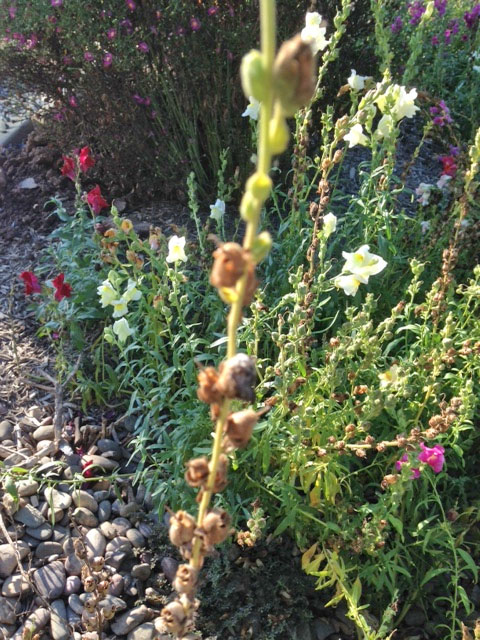

As the gardening season comes to a close, it is the perfect time to start planning next year’s garden. This plan should include gathering seeds from your current plants to use in your garden next season. Saving seeds helps to keep your garden beautiful while also saving money, as seed packet costs can quickly add up. Seeds can be saved from all kinds of plants. Annuals are the easiest because they produce a lot of seeds while some other plants, like daylilies and irises, aren’t ideal for seed collecting. For those types of plants, separate some of the plant using a trowel and move it to your desired area.
To ease into seed collecting, first start by saving seeds from flowers because their seeds do not need special treatment to encourage sprouting. It is important to keep in mind that not all plants grown from seed will look like their parents so expect some variety from your plants.
Make sure to gather seeds as they ripen. As you see seed heads turn brown, snip them off and gather them in a container. The easiest way to make sure you don’t miss any seeds is to place light colored paper under the plant you are collecting from to catch the seeds.
Like tomatoes, seeds will continue to ripen once they are off the plant; air drying the seeds helps save them for the summer season. Once you’ve collected all of your seeds, find a protected area to dry them. Shallow cardboard boxes or clean pizza boxes work best. Spread out the seeds in a shallow layer, allowing space in between them. Make sure to dry them immediately to prevent mold. Drying can take anywhere from one to four weeks to complete. After the seeds are dried, sieve them to remove chaff and litter, and then transfer them to a small envelope or lidded jar for storage. These seeds can make great gifts to fellow gardeners or simply give you a head start for the summer season.

